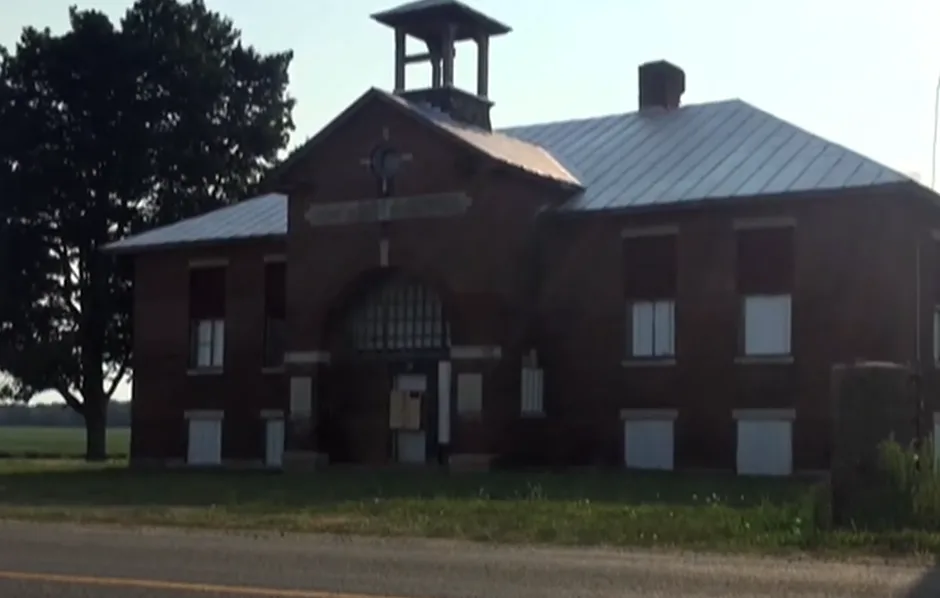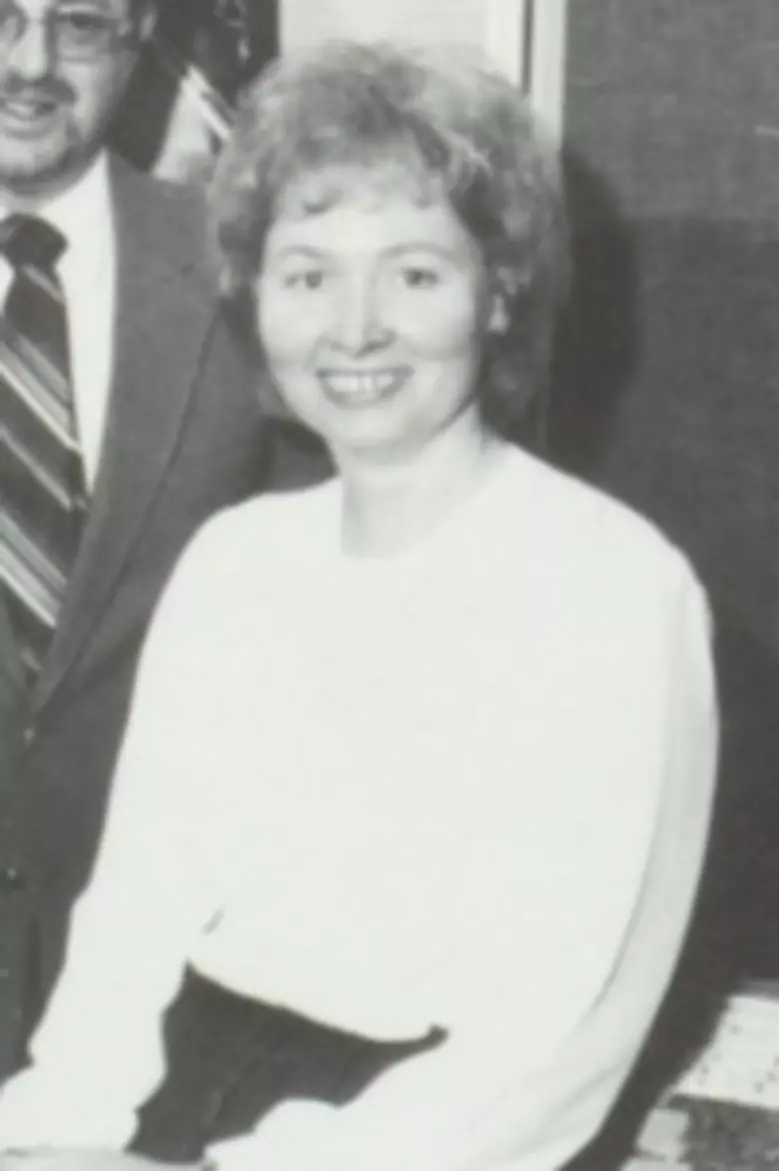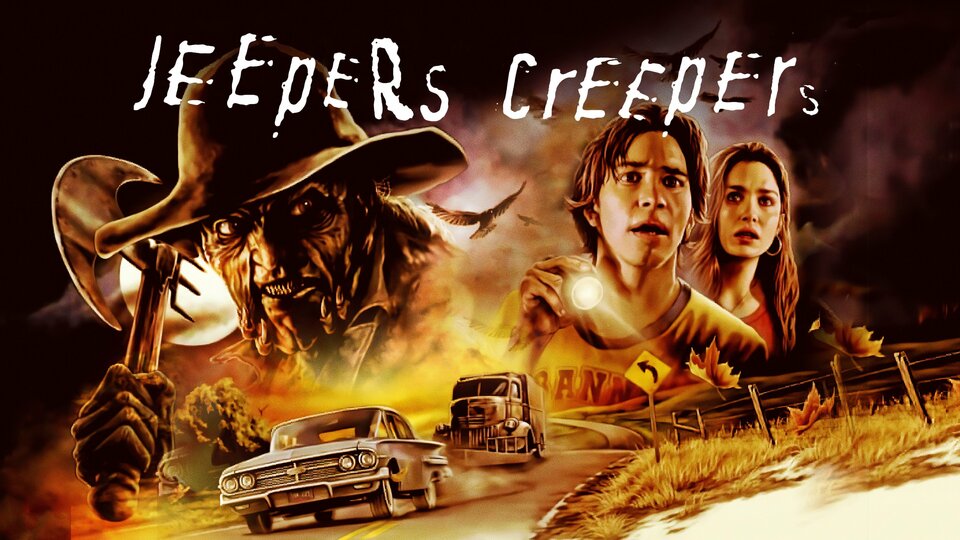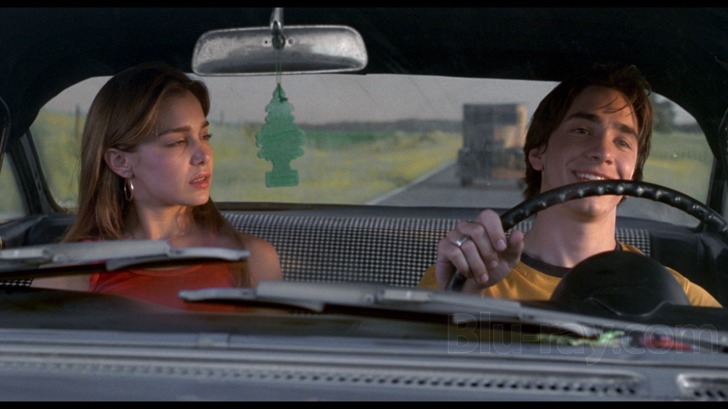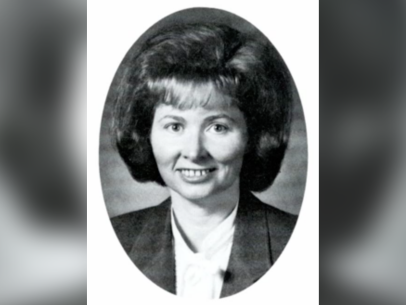From Unsolved Mysteries to Hollywood: The Jeepers Creepers Murder Case
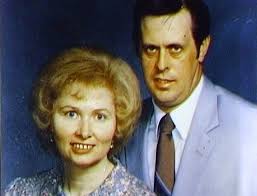
Easter Sunday, 1990. A couple playing license plate games on a back road in Michigan. An aggressive driver in a beat-up van. And a bloody sheet at an abandoned schoolhouse. What Ray and Marie Thornton saw that day would help solve a murder, launch a nationwide manhunt, and eventually inspire one of the 2000s' biggest horror films. But the woman at the center of this story deserves to be remembered as more than just inspiration for a movie monster.
When Reality Becomes Horror: The Murder That Inspired Jeepers Creepers
Ray and Marie Thornton had a Sunday ritual. Every week, they'd take a drive through the quiet backroads of southern Michigan, close to the Indiana border. It was their way of decompressing, getting away from work stress and the chaos of raising kids. They'd play little road trip games to pass the time, like trying to make words out of license plates. Totally wholesome, totally normal.
April 15, 1990 started out like any other Sunday. They were cruising down Snow Prairie Road, about 12 miles outside of Coldwater, Michigan. Not much traffic. Just them and the open road. Then suddenly, this van comes roaring up behind them. Some sources say it was brown, others say green, but what everyone agrees on is that this driver was aggressive as hell. The van got right up on their bumper, then swerved into the oncoming lane and flew past them.
Marie caught the letters "GZ" on the license plate as it went by and made a joke. "Geez, he's in a hurry." They laughed it off. Just some jerk in a rush, right? We've all seen that driver.
But then a few miles down the road, they passed an old abandoned schoolhouse. And there was that same van, parked right there. The driver was outside, and what Ray and Marie saw made their blood run cold. This guy was carrying something wrapped in a white sheet. And the sheet was stained with what looked like blood.
Sign up for the 10 Minute Murder newsletter.
The Chase Nobody Asked For
Now they're freaked out. It gets worse. Two or three miles past the schoolhouse, guess who shows up in their rearview mirror again? Van guy. And this time, he doesn't pass. He stays right on their tail, dangerously close, for miles. This was intimidation. This was a man making sure they knew he'd seen them seeing him.
The Thorntons did what any of us would do. They got the hell out of there and decided to report the license plate to police. As they crossed into Indiana, they saw the van one last time, pulled over on the side of the road. The driver was crouched behind it, actively changing the license plate. And when they drove past, Marie could see directly into the open passenger door. There was blood inside.
What Ray and Marie didn't know yet was that they'd just witnessed a man trying to cover up the murder of his ex-wife.
The Morning That Changed Everything
Five hours before the Thorntons saw that van, something terrible happened at a house in Coldwater, Michigan. Dennis and Marilynn DePue had been married for 17 years. They had three teenage kids. He was a property assessor for the state. She was a guidance counselor at Coldwater High School, the kind of person students trusted and respected.
Inside that marriage, things were dark. Dennis was controlling and paranoid. He isolated himself from the family and constantly accused Marilynn of turning their kids against him. He blamed her for everything. In his mind, nothing was ever his fault. When Marilynn finally filed for divorce in 1989, it was her way of saying enough is enough. She was done being controlled.
For Dennis, losing that control was unforgivable.
On Easter morning, Dennis showed up at Marilynn's house for a court-ordered visit with the kids. When the kids didn't want to go with him, he and Marilynn got into a heated argument. Right in front of their children, Dennis attacked her. He shoved her down a flight of basement stairs. She was badly hurt, possibly unconscious.
Then Dennis did something that still makes my skin crawl. He told his kids he was taking their mom to the hospital. He carried her to his van and drove away. That was the last time those kids ever saw their mother alive.
When TV Catches a Killer
Four hours later, one of the DePue daughters called the police. She was worried sick. Her dad had said he was taking her mom to the hospital, but nobody had heard anything. Police checked. Marilynn had never been admitted anywhere.
The next day, a highway worker found Marilynn's body on a deserted road between her house and that abandoned schoolhouse where the Thorntons had seen Dennis. She'd been shot once in the back of the head.
Dennis was immediately the prime suspect. The Thorntons' eyewitness testimony was crucial. Forensic evidence, including tire tracks at the schoolhouse, matched his van. Dennis was gone. He'd become a fugitive.
For almost a year, he managed to stay hidden. During that time, he sent 17 letters to friends and family from all over the country. Virginia, Iowa, Oklahoma. Dennis used them to justify what he'd done, ranting about Marilynn's supposed lies and tricks, painting himself as the real victim. He'd lost his wife, his kids, his home. He couldn't stop trying to control the narrative, even on the run.
Then in March 1991, producers at Unsolved Mysteries got interested in the case. If you're too young to remember Unsolved Mysteries, it was basically the true crime podcast of its time, except it was on NBC and hosted by Robert Stack in a trench coat. The show would do dramatic reenactments of unsolved cases and fugitive hunts, then ask viewers to call in tips. It was wildly effective.
On March 20, 1991, the Dennis DePue segment aired. They did a full reenactment of what the Thorntons witnessed on Snow Prairie Road. They showed his photo. They asked America for help finding him.
The Fastest Takedown in Unsolved Mysteries History
That night, a woman in Dallas was watching TV. As the DePue segment played, she realized something horrifying. The fugitive on her screen was her boyfriend. The man she knew as "Hank Queen."
Dennis saw the episode too. He knew it was over. He made up some story about his mom being sick, asked his girlfriend to make him sandwiches for the road to keep her busy in the kitchen, grabbed his stuff, and bolted.
The show had already done its job. Tips were flooding in. Police in Louisiana spotted his van and a high-speed chase began. It tore across state lines into Mississippi, where local cops were ready and waiting.
Warren County Sheriff Paul Barrett was one of the officers involved. He later told the Associated Press something that perfectly captures how surreal this was: "My wife and I had watched the TV program about him and the next morning I am with other officers firing into his van. I'd say that's not going to happen every day."
Less than 12 hours after that Unsolved Mysteries episode began, it was over. Dennis DePue's van was stopped in Vicksburg, Mississippi around 4 a.m. on March 21, 1991. There had been a shootout. When deputies approached the vehicle, they found Dennis slumped behind the wheel, a gun still in his hand. He'd shot himself. The bullet entered through his mouth and exited the back of his head.
From True Crime to Horror Movie
Ten years later, something weird happened. The 2001 horror movie Jeepers Creepers came out and became a massive hit. The opening scene shows a brother and sister driving down a desolate road, playing a license plate game. A creepy old truck tailgates them aggressively, then speeds past. Later, they see the same truck parked by an abandoned church. The driver is dumping what looks like bodies wrapped in bloody sheets. Then the truck chases them.
Sound familiar?
Director Victor Salva has never officially confirmed that the Dennis DePue case inspired the film's opening. He's only said it was based on "a true story that I was told" about an elderly couple. The parallels are too specific to be coincidence. The license plate game. The aggressive tailgating. The abandoned building. The bloody sheets. The second chase. It's all there.
The timeline tells the story. Marilynn filed for divorce in 1989. She was murdered on April 15, 1990. Unsolved Mysteries aired on March 20, 1991. Dennis died the next day. And then ten years later, on August 31, 2001, Jeepers Creepers hit theaters. That Unsolved Mysteries episode was the bridge between the real crime and the Hollywood adaptation.
The Woman Behind the Story
When you learn about the connection between Jeepers Creepers and the Dennis DePue case, it changes how you see that opening scene. Those aren't just fictional characters being chased down a scary road. That sequence is based on what Ray and Marie Thornton actually experienced. What they actually saw.
Marilynn DePue was 43 years old when she died. She'd spent years working as a guidance counselor at Coldwater High School, the kind of teacher who actually gave a damn about helping kids figure out their futures. She had three teenagers of her own who needed her. She'd finally gotten the courage to leave an abusive marriage and was building a new life.
The week before Easter 1990, Marilynn was probably thinking about normal stuff. Maybe she was planning what to make for dinner. Maybe she was helping one of her kids with homework or college applications. Maybe she was looking forward to having a quiet holiday weekend. She had no idea that the man she'd been married to for 17 years was capable of what came next.
Dennis DePue killed her because he couldn't accept that she'd moved on. That's what it came down to. Control. When he lost it, he took everything from her. Her future. Her chance to see her kids graduate. Her chance to help more students. All of it gone because one man decided his feelings mattered more than her life.
Ray and Marie Thornton were just two people on a Sunday drive who happened to be in the wrong place at the right time. Their testimony helped law enforcement piece together what happened. That Unsolved Mysteries episode brought Dennis's time as a fugitive to an end within hours. And yeah, a decade later, their experience became part of a movie that a lot of people love.
Stories travel in weird ways. Sometimes they move through true crime TV shows. Sometimes they end up in horror movies. Sometimes they get told in podcasts like this one. What matters is that we remember Marilynn DePue was a real person. She mattered to her kids. She mattered to her students. She mattered, period. And she deserved to live a long, peaceful life far away from the man who killed her.

